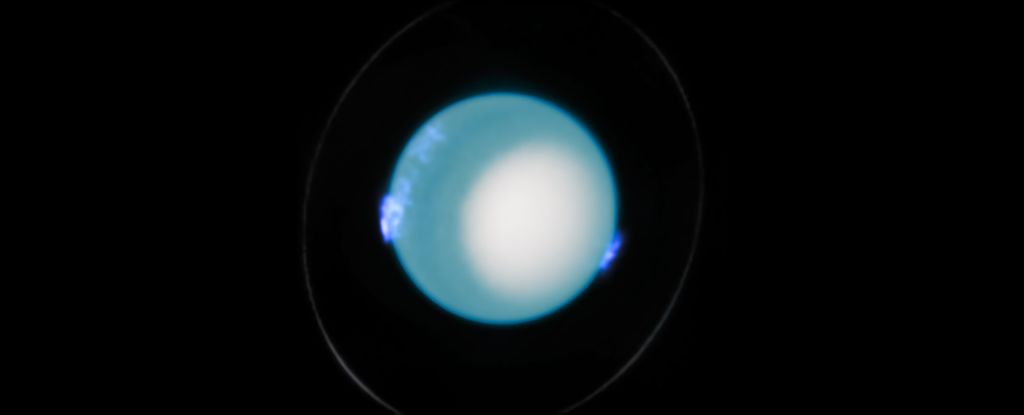Nothing can be faster than light. It is a physical rule woven into the fabric of Einstein’s special theory of relativity. The faster something goes, the closer it comes to its perspective of time standing still.
As you get even faster, you run into problems with time reversal and play with notions of causality.
But researchers at the University of Warsaw in Poland and the National University of Singapore have now pushed the boundaries of relativity to develop a system that doesn’t conflict with existing physics and could even lead the way to new theories.
What they came up with is an “extension of special relativity“, which combines three dimensions of time with a single dimension of space (“1+3 space-time”), as opposed to the three dimensions of space and one dimension of time we are all accustomed to.
Rather than creating major logical contradictions, this new study adds more evidence to support the idea that objects may well be able to travel faster than light without completely breaking our current laws of physics.
“There is no fundamental reason why observers moving at super-light speeds in relation to the described physical systems should not be affected.” says the physicist Andrzej Draganfrom the University of Warsaw in Poland.
This new study builds on that previous work by some of the same researchers who posit that superluminal perspectives could help connect quantum mechanics to that of Einstein Special Theory of Relativity – two branches of physics that cannot currently be reconciled into a single overarching theory that describes gravity the same way we explain other forces.
Particles can no longer be modeled as point-like objects under this framework, as we would in the more mundane 3D perspective (plus time) of the universe.
To understand what observers see and how a superluminal particle might behave, we would instead have to turn to the types of field theories that underpin quantum physics.
Based on this new model, superluminal objects would look like a particle expanding through space like a bubble — not unlike a wave through a field. The high-speed object, on the other hand, would “experience” several different timelines.
Even so, the speed of light in a vacuum would remain constant even for faster observers, preserving one of Einstein’s founding principles—a principle previously only thought of in relation to observers slower than the speed of light (like all of us).
“This new definition preserves Einstein’s postulate of the constancy of the speed of light in a vacuum even for superluminal observers”, says Dragan.
“Hence, our extended special theory of relativity doesn’t seem like a particularly extravagant idea.”
However, the researchers concede that moving to a 1+3 space-time model raises some new questions while answering others. They suggest that an extension of special relativity to include faster-than-light frames of reference is required.
This may well involve borrowing quantum field theory: a combination of concepts from special relativity, quantum mechanics and classical field theory (which aims to predict how physical fields will interact with each other).
If the physicists are right, all the particles in the universe would have extraordinary properties in extended special relativity.
One of the questions raised by the research is whether or not we will ever be able to observe this extended behavior – but answering that question will take far more time and far more scientists.
“The mere experimental discovery of a new elementary particle is an achievement worthy of a Nobel prize and feasible in a large research team using the most modern experimental techniques”, says the physicist Krzysztof Turzyńskifrom the University of Warsaw.
“However, we hope to be able to apply our results to a better understanding of the phenomenon of spontaneous symmetry breaking, which is linked to the mass of the Higgs particle and other particles in the Earth standard modelespecially in the early universe.”
The research was published in Classical and Quantum Gravity.





